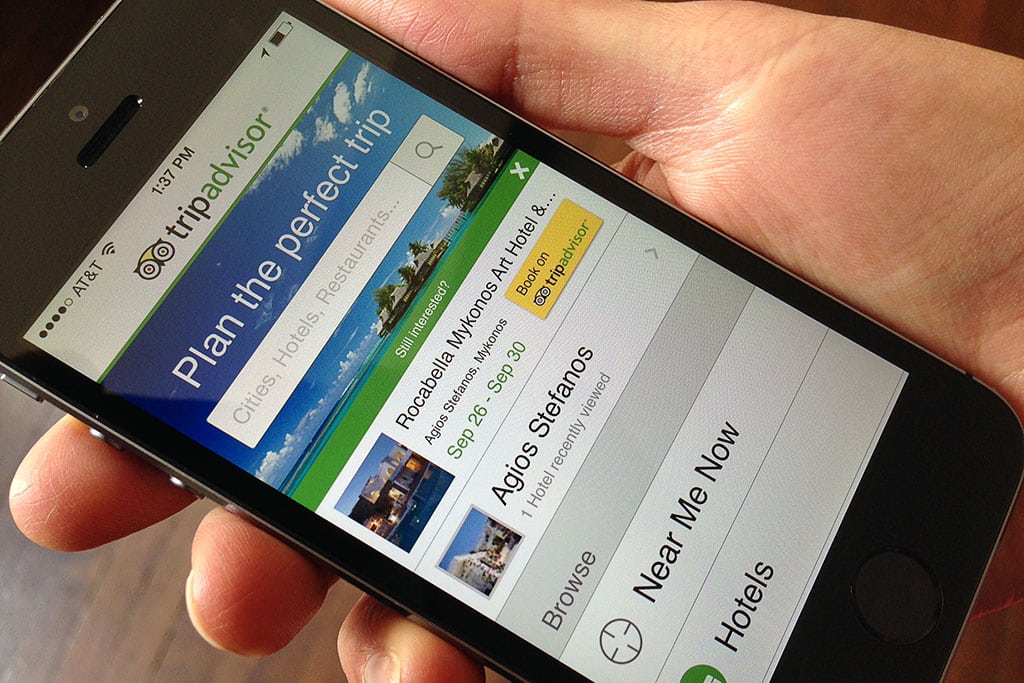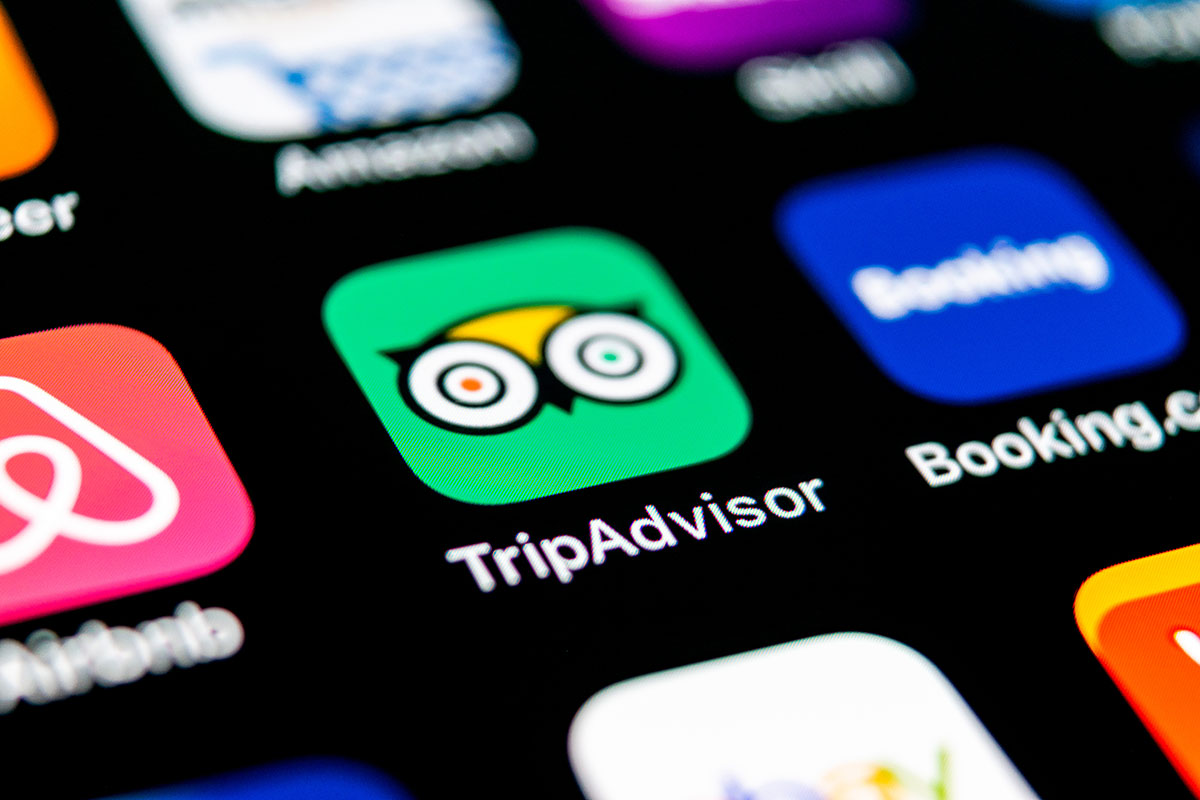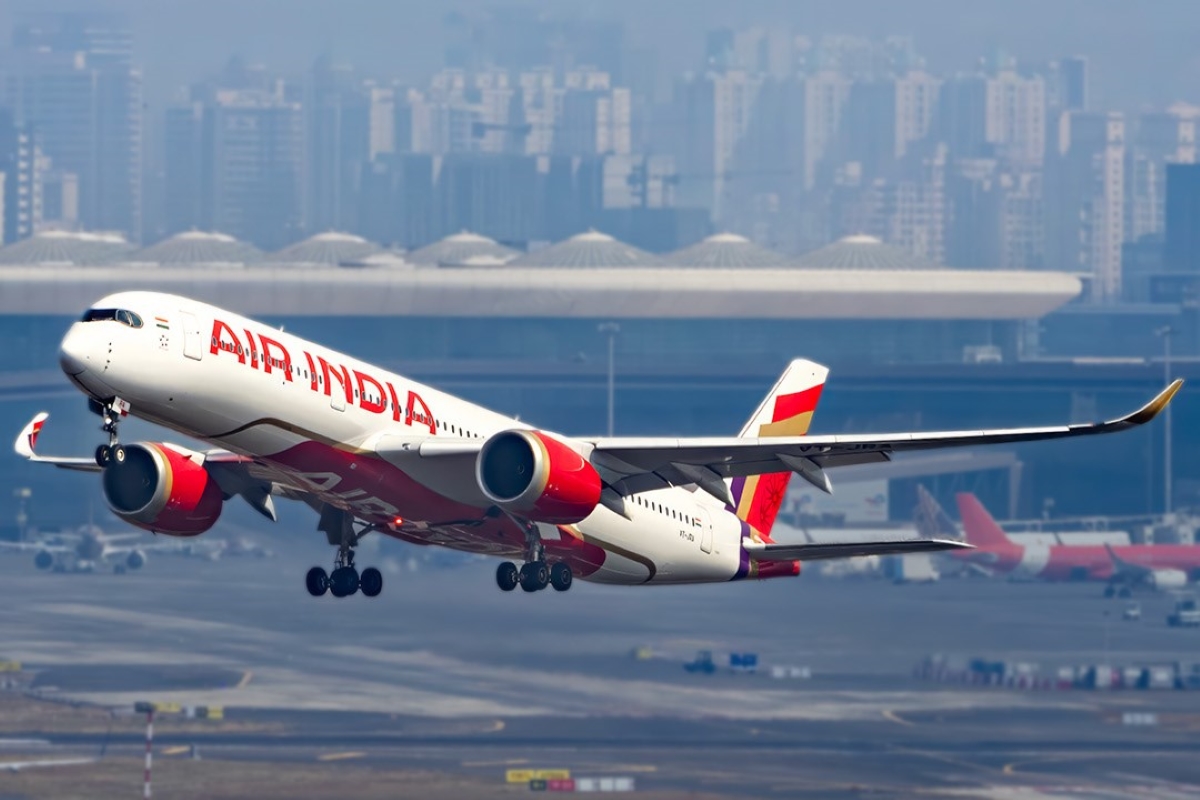Understanding Travelers’ Cross-Device Habits — Digital Marketing News This Week

Skift Take
With recent research noting that more than a third of Americans own a smartphone, a tablet and a computer, it’s gotten much more difficult for travel retailers and advertisers to figure out how to prioritize their efforts.
Do consumers tend to research on smartphones and buy on PCs? How does a travel marketer determine if the same site visitor that showed up on a tablet yesterday is the same user visiting the site today on a laptop?
The best way to answer to these questions is a new discipline called “cross-device marketing.” It’s an approach that seeks to help marketers better understand consumers’ behavior as they move between devices, making advertising more seamless and relevant in the process. How can travel marketers make use of cross-device techniques? And how might they evolve in the future? Read on for more details.
How Will Cross-Device Habits Impact the Future of Travel Marketing?
Travelers’ booking and research habits seem to be constantly evolving. This is even more true in the era of multi-device ownership, where it’s never a sure thing that a consumer will use the same device throughout the process. This is putting greater emphasis on travel marketers to adopt a “cross-device” marketing approach, allowing them to more accurately understand and target these device-happy travelers. Read more
European Travel Executives Plan to Grow Their Mobile Marketing Budgets
The shift to mobile has already happened for most mobile consumers. For travel executives however, the goal is simply trying to catch up. A new survey asked European executives what they expected to be the most important opportunity in the year to come, the answer to which was mobile technology. More than 40% also expected their budgets for mobile projects to increase. Read more
JW Marriott Skips TV Ads in Favor of New Branded Travel Series
As more consumers time-shift their TV viewing or switch to digital streaming options like Netflix, it’s gotten harder for advertisers to reach them. In an effort to counter this trend, travel brands like Carnival, and now JW Marriott, have been investing in their own branded TV shows. “We’re flipping the script by becoming the creators,” said David Beebe, the head of Marriott International’s content studio. “You can’t just make a commercial anymore. You have to create something of value.” Read more
Chase Steps Up Efforts to Attract Millennials in New Ad Campaign
Chase’s new “Sapphire Reserve” card has already attracted considerable attention from the travel world’s points and miles community. The bank is trying supplement this interest with a new ad campaign targeting millennial travelers. The series will feature comedian James Corden in conversations with a variety of innovators from the world of food, hospitality and transportation. Read more
Kayak Experiments With New Apartment Rentals Feature
Metasearch platform Kayak is experimenting with a new search feature that lets site visitors look for short-term apartment and home rentals. Though not officially announced by the company, the move appears to be a response to growing consumer bookings of short-term accommodations via Airbnb. Read more
Air Canada Looks to Sell more Ancillary Products Via Distribution Partners
Sales of “ancillary” airline products like seat upgrades and checked bags have played a big role in boosting carrier profitability in recent years. But selling these services to travelers is sometimes challenging, as many of the metasearch websites and online travel agencies where consumers buy tickets aren’t set up to promote them. Air Canada is trying to address this problem via a new partnership with distribution company Sabre. Read more




